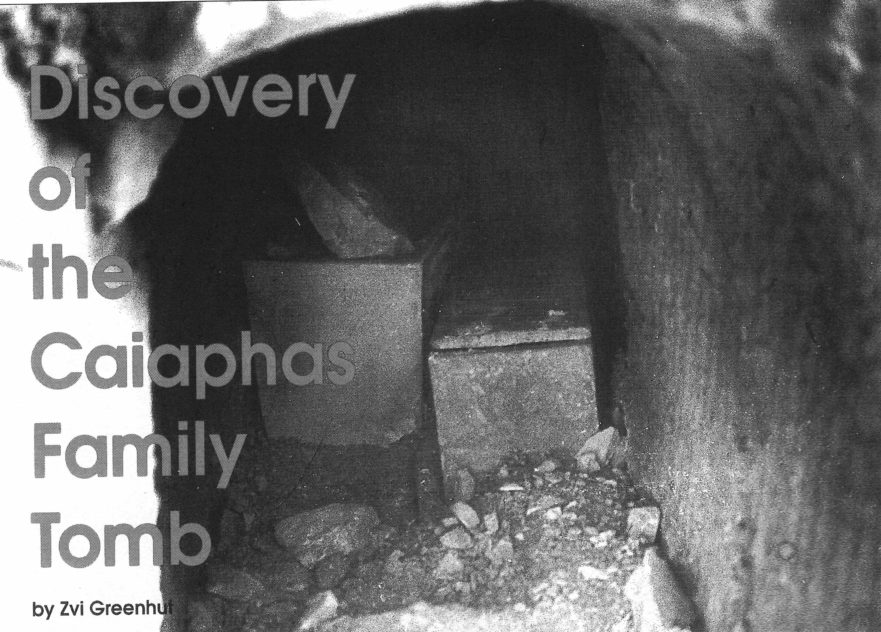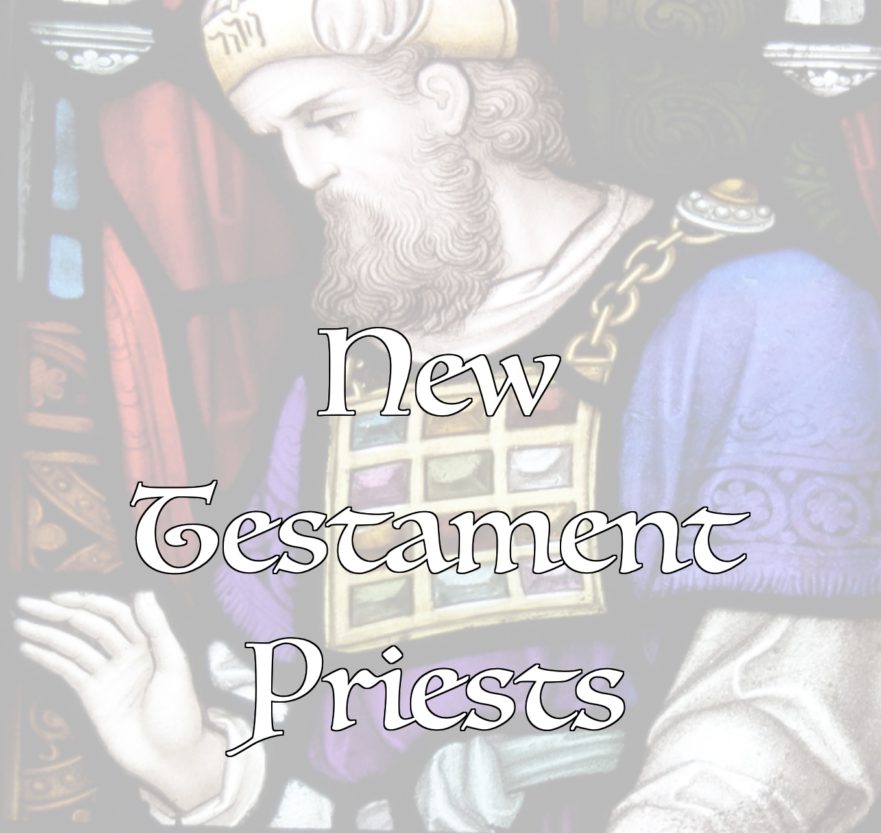Many archaeological finds in Israel result from the chance uncovering of various ancient remains during the course of construction work. Some of these fortuitous discoveries prove to be of tremendous importance for understanding the history and archaeology of the land of Israel.
Character Profile: …To Bury Caiaphas, Not to Praise Him
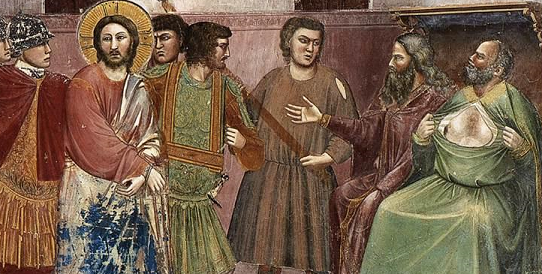
At the end of December, 1990, one of the most significant New Testament-related archaeological discoveries ever made came to light in Jerusalem: the tomb of Caiaphas, high priest in Jerusalem at the time of Jesus’ death. Some of the ossuaries found in the tomb were inscribed with the name “Caiaphas,” the most magnificently decorated of them was inscribed with the name “Joseph bar Caiaphas.”
Ossuary Inscriptions from the Caiaphas Tomb
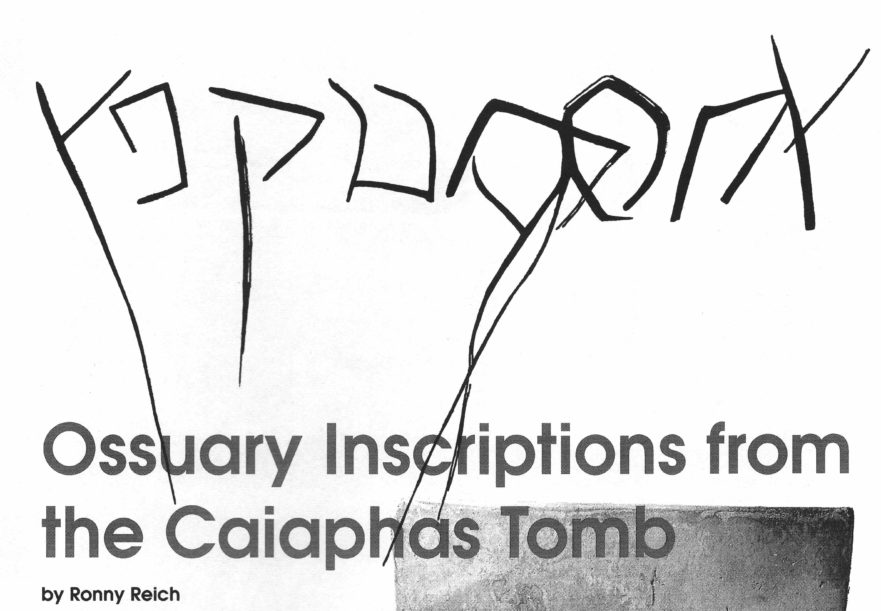
The ossuary inscriptions found in the Caiaphas tomb point to the fact that the name Caiaphas in its Aramaic version was in daily use in the middle of the first century C.E.
What Is the Priest Doing? Common Sense and Culture
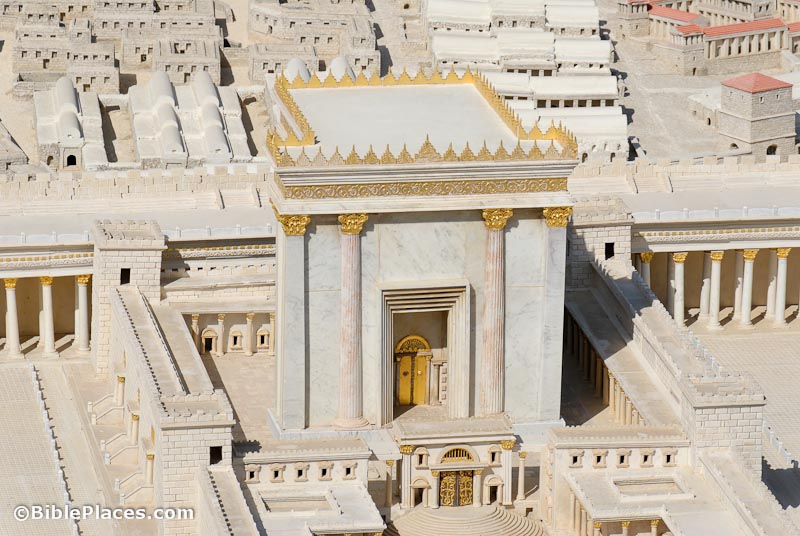
Common sense is connected to cultural expectations. What is understandable in one culture may be opaque in another.
Who Questioned Jesus?
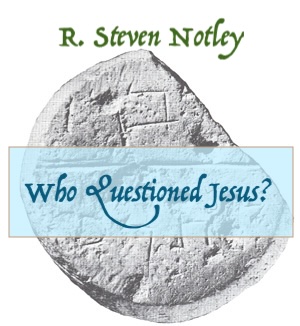
One should not exaggerate the opposition against Jesus in Jerusalem during the fateful Passover that witnessed his crucifixion.
Synagogue and Sabbath
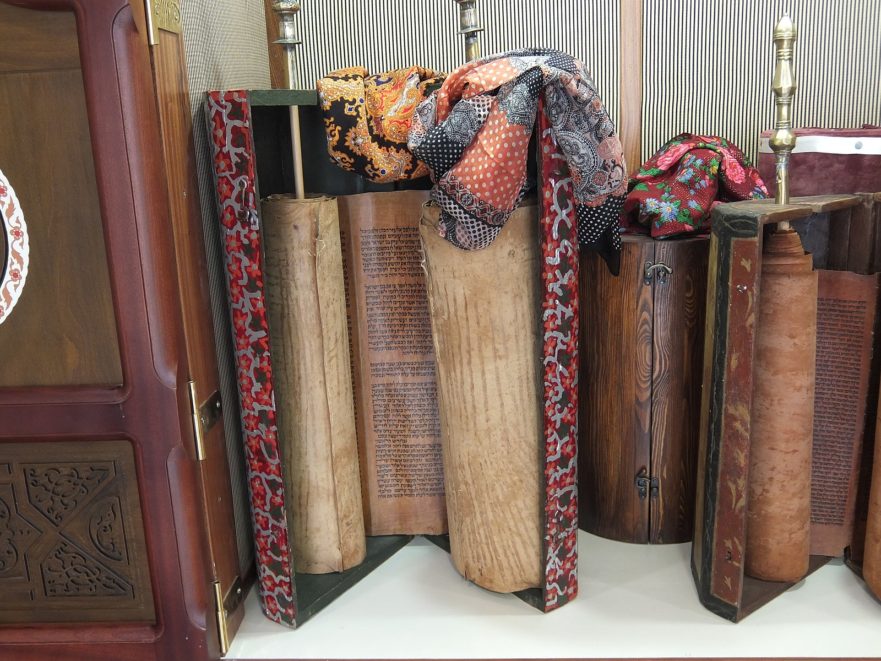
The detailed description of Jesus’ visit to the Nazareth synagogue found in Luke 4:16-21 provides substantial information about synagogue life and customs in the early first century C.E. An examination of this passage will help us understand Jesus more clearly and accurately. This account in Luke’s Gospel agrees with other contemporary and especially rabbinic sources. Together they provide a complete picture of the synagogue in that period.
The Role of Women in the Temple
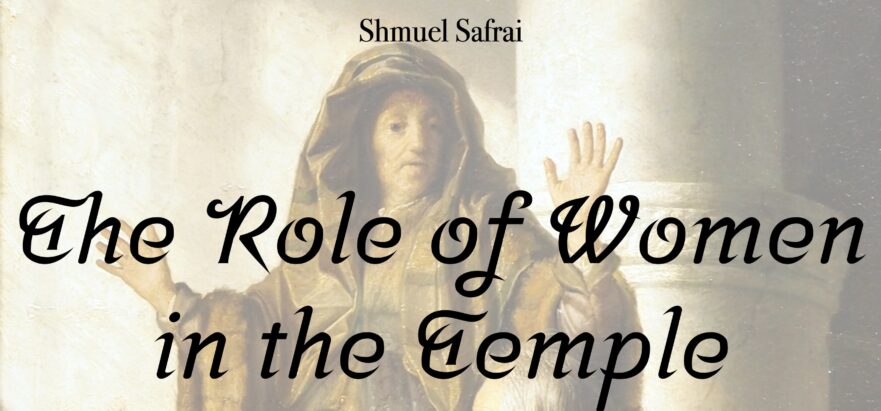
According to Jewish religious law, women were allowed in every area of the Temple precincts in which men were allowed.
John the Nazirite
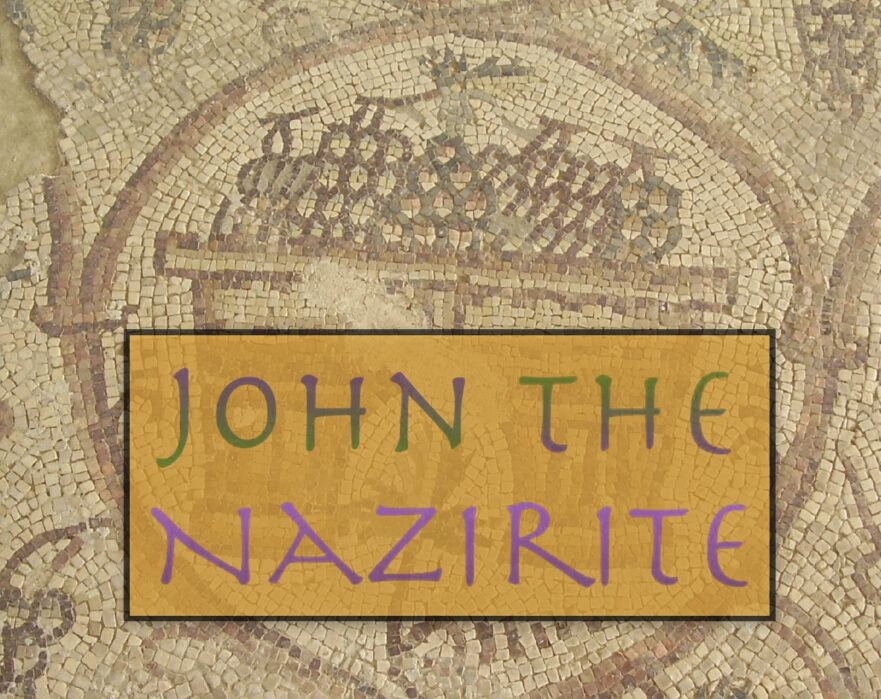
The Mishnah seems to indicate that the vow to abstain even from specific parts of the grape implies acceptance of the entire nazirite regimen. According to Nazir 1:2, even if one vows: “I will abstain from eating grape seeds and grape skins…, he becomes a nazirite.”
A Priest of the Division of Abijah
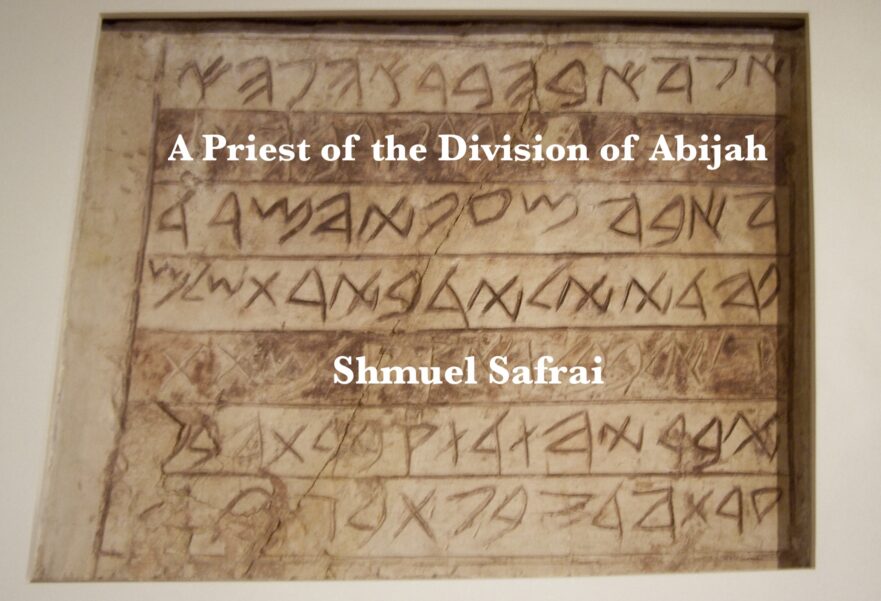
The priestly division of Abijah was named after one of the priests who returned to the land of Israel with Zerubbabel and Jeshua (Nehemiah 12:4). This was the priestly division to which Zechariah, John the Baptist’s father, belonged.
- Page 2 of 2
- 1
- 2

